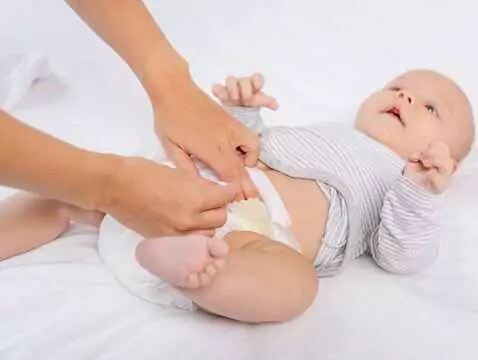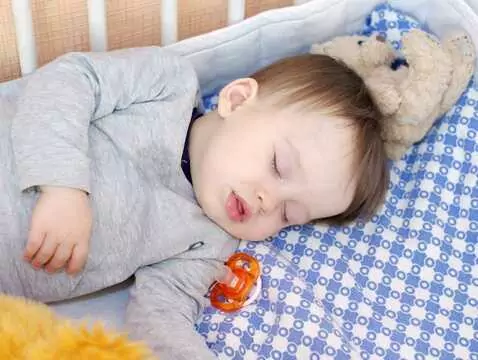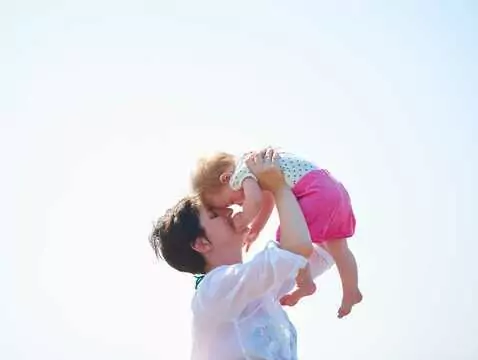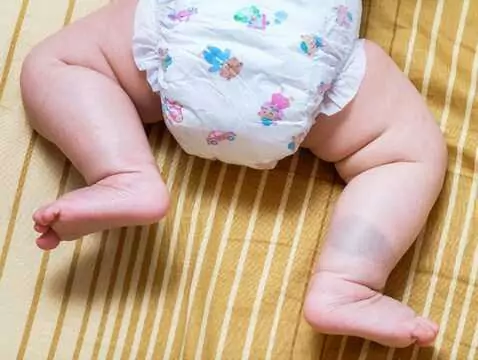One of the most common questions asked to the paediatrician is about the normal intellectual development of the young child and, in particular, about speech development. In the following article, intended for both parents and doctors, the physiological stages of speech development in children are discussed. Situations in which a specialist in psychology or speech therapy should be urgently contacted are highlighted.
The development of speech is determined by genetics and by the inborn qualities of the human organism. Correct speech development, however, is only possible in contact with other humans (as confirmed by the life stories of humans raised by wolves or the case of Kacper Hauser, imprisoned since infancy in a cellar and deprived of human interaction). It is therefore a process in which biological and social factors interact. In Polish speech therapy, four periods of speech development are distinguished (Kaczmarek, 1953):
- the melody period (0 - 1 year of age);
- the word period (1 - 2 years of age);
- the sentence period (2 - 3 years of age);
- the period of specific infantile speech (3 - 7 years of age).
Initially the child communicates with his or her environment by shouting, then forms such as clucking and smacking appear, which prepare for the production of speech sounds by improving the respiratory and articulatory systems.
Around the age of 3 months, the child begins to make pharyngeal sounds similar to articulated sounds such as k, g, aa, uu and their combination guu. This type of pre-verbal behaviour is called cooing or babbling. Its function is to signal the child's positive feelings, is accompanied by a smile or laughter and sometimes progresses to vocal play. All children, including deaf children (!), coo.
In the second half of the first year of life the child 's babbling, i.e. the deliberate repetition of sounds, isobserved. Thanks to greater perceptiveness and better concentration, the child repeats sounds he has accidentally said and those he has heard in the environment (ma, pa, da, la). Babbling occurs during the waking hours, expresses contentment, has a communicative function and is also auditory training.
By babbling and chattering the child creates a very complex network of connections in the central nervous system. Gradually, associations begin to form in the brain between the visual image of an object and its auditory counterpart. Before the child utters his first words, however, he communicates by means of gesture - showing an object, handing it over, pointing at it and vocalising at the same time.
Thefirst names appear around 11 - 12 months of age, during which time phonemic hearing develops, providing the basis for imitating the speech of the environment. The first words are the names of people (e.g. mum, dad, baba, dz dzdzi), demands for something (da, give), expressions of objection (ne, no). Speech development during this period runs parallel to physical development: the babbling phase corresponds to the ability to lift the head, the babbling to sit up, the first words to stand upright, to stand. During the melody period, the child should already be able to use virtually all vowels except the nasal ones, and of the consonants: p, b, m, t, n, k, ś. Other consonants are replaced by others with a similar place of articulation. Consonant groups are simplified. The pronunciation of the first letter or ending is characteristic.
By the age of 2 - 3, the child should already be pronouncing the sounds:
- labial: p, b and softened: pi, bi, mi;
- labial-dental: f, w, fi, wi;
- middle-lingual: ś, ź, ć, dź, ń, ki, gi;
- posterior-lingual: k, g, ch;
- anterolingual-dental: t, d, n;
- anterolingual-gingival: l.
At the end of this period, the sounds s, z, c, dz may appear in some children. The child already knows how a given sound should be sounded, but cannot pronounce it.









